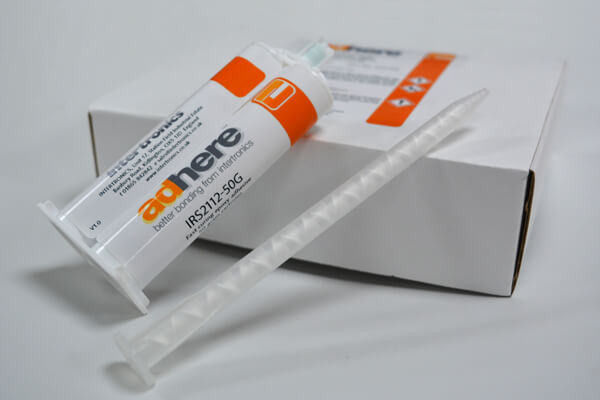 A structural adhesive is an adhesive which “hardens” or cures into a material capable of holding two or more substrates together, bearing the forces involved for the lifetime of the product. It is often termed a “load-bearing” adhesive. The product may undergo shock, vibration, chemical exposure, temperature excursions or many other types of potentially weakening or destructive agents, and still be bonded. The substrates may be the same, or quite different, ranging from metals, plastics, glass, rubbers, ceramics or composites. The parts may be under constant load, or intermittent loads and shocks.
A structural adhesive is an adhesive which “hardens” or cures into a material capable of holding two or more substrates together, bearing the forces involved for the lifetime of the product. It is often termed a “load-bearing” adhesive. The product may undergo shock, vibration, chemical exposure, temperature excursions or many other types of potentially weakening or destructive agents, and still be bonded. The substrates may be the same, or quite different, ranging from metals, plastics, glass, rubbers, ceramics or composites. The parts may be under constant load, or intermittent loads and shocks.
The types of adhesives which are capable of keeping it together include epoxies, methacrylates, UV curing adhesives, polyurethanes, and cyanoacrylate adhesives (CAs).
Other adhesive types are capable of being structural, although not normally considered as such. These might include pressure sensitive adhesives (masking tape, Post-it® notes), although pressure sensitive adhesive tapes are used successfully in structural applications. Anaerobic adhesives, like threadlockers, are often required to be reversible (when the bolt is removed), and so are not normally thought of as structural, although there are examples of adhesives using the anaerobic cure mechanism in structural roles. The job of a sealant is to fill gaps and prevent the ingress of liquids or contamination. Silicone sealants have proven to be very good in this function, but also can have very good adhesion and can act in a structural adhesive in the right circumstances (i.e. fish tanks).
Our Structural Adhesives Selector Guide offers an overview of the differences between adhesive chemistries, and insight into specific properties of a wide range of structural adhesives.
Categories: adhere academy, adhesives

